Optimal Seasons for Driveway Rut Repairs
Driveway rut repairs are most effective when performed during specific seasons that allow for proper curing and adhesion. Timing can influence the durability and longevity of repairs, ensuring the surface remains smooth and functional.
Understanding the ideal conditions for driveway repairs helps in planning maintenance to minimize disruptions and maximize results. Weather patterns, temperature stability, and soil moisture levels are key factors to consider for optimal timing.
Spring offers moderate temperatures and increasing daylight, making it suitable for driveway repairs before the peak of summer traffic.
Warm weather accelerates curing times, but excessive heat or rain can hinder repair quality. Early summer is ideal if weather conditions are stable.
Fall provides cooler temperatures that help with curing, but repairs should be completed before winter sets in to prevent freeze-thaw damage.
Winter is generally unsuitable for repairs due to low temperatures, snow, and ice, which prevent proper setting and adhesion.
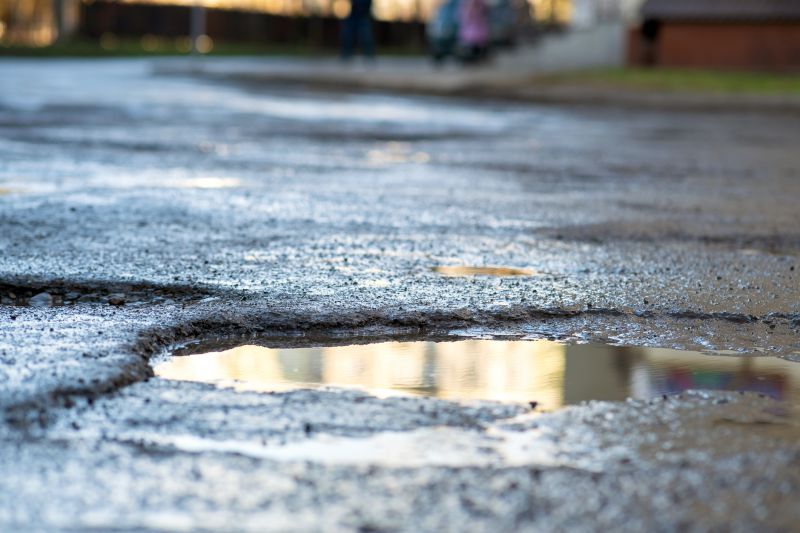
Spring repairs benefit from moderate temperatures and increased moisture for optimal adhesion.
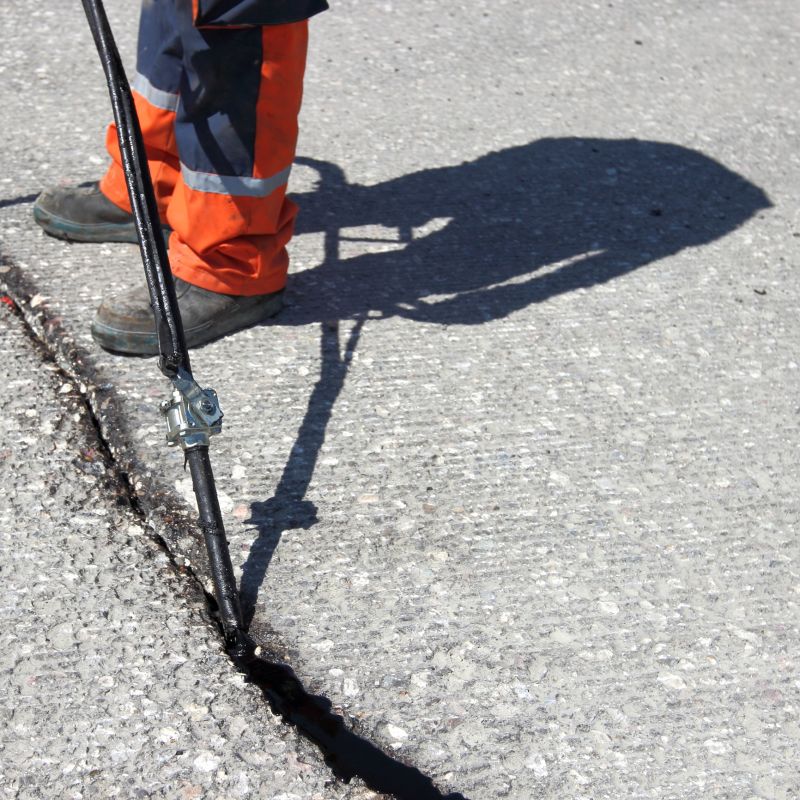
Summer conditions require careful timing to avoid heat stress and ensure proper curing.

Fall offers cooler weather ideal for repairs, preventing damage from winter freeze-thaw cycles.
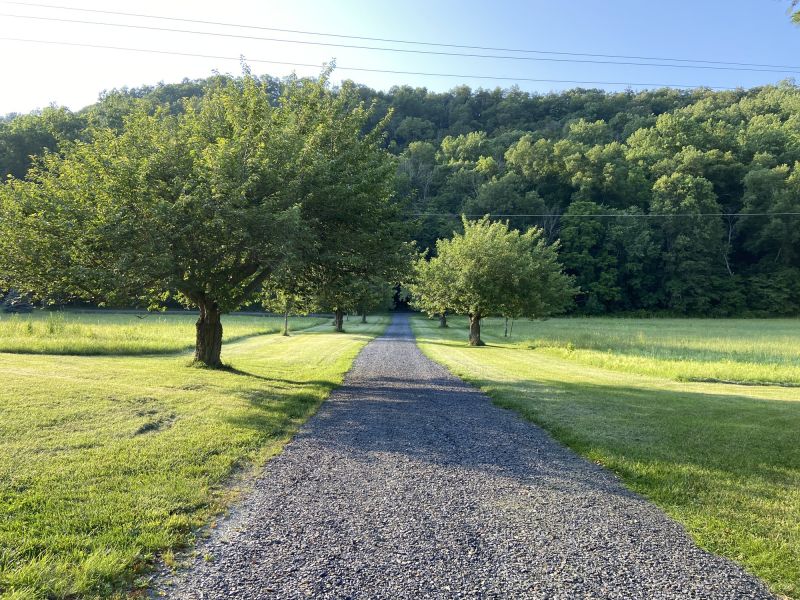
Ways to make Driveway Rut Repairs work in tight or awkward layouts.
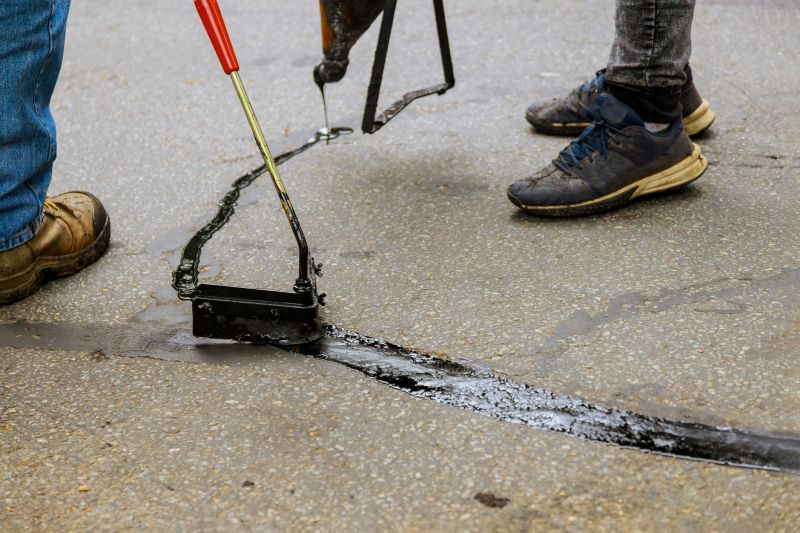
Popular materials for Driveway Rut Repairs and why they hold up over time.

Simple add-ons that improve Driveway Rut Repairs without blowing the budget.
| Season | Optimal Conditions |
|---|---|
| Spring | Moderate temperatures, increased moisture, ideal for repairs. |
| Summer | Warm weather, avoid extreme heat or rain, early summer preferred. |
| Fall | Cooler temperatures, before winter freeze, suitable for repairs. |
| Winter | Low temperatures, snow, and ice prevent effective repairs. |
Driveway rut repairs involve filling and leveling sunken or damaged areas caused by repeated traffic, weathering, and soil movement. Proper repair techniques restore surface smoothness, improve safety, and extend the lifespan of the driveway. Statistics show that timely repairs can significantly reduce long-term maintenance costs and prevent further deterioration. The use of high-quality patching materials and correct application methods are essential for durable results.
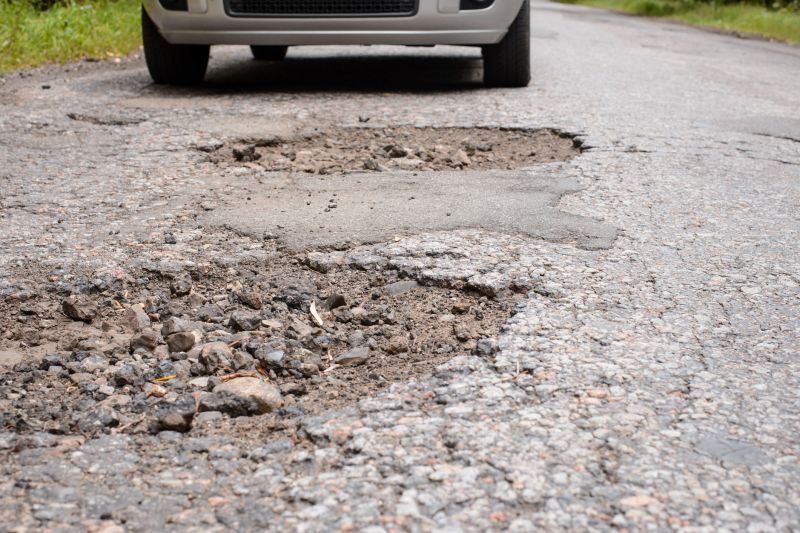
A driveway with prominent ruts and uneven surfaces.
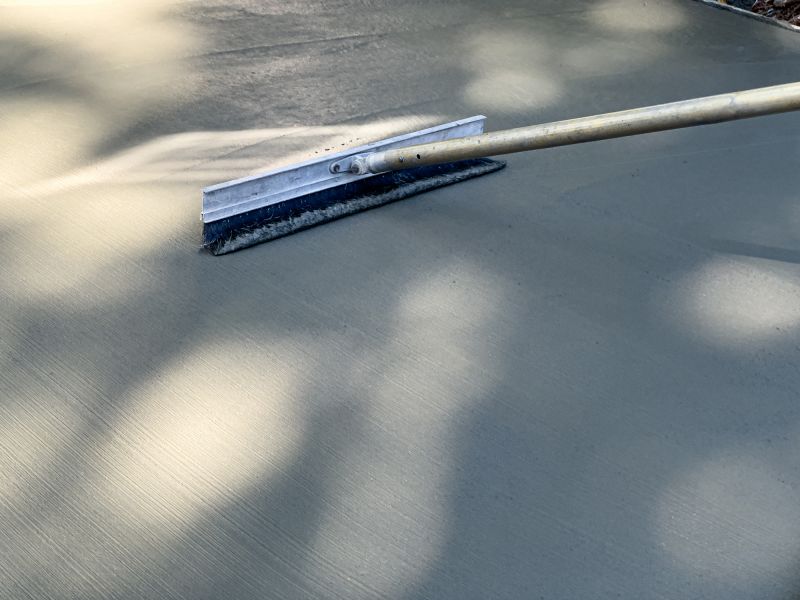
Filling and leveling ruts using specialized materials.

Smooth, even surface after completing repairs.
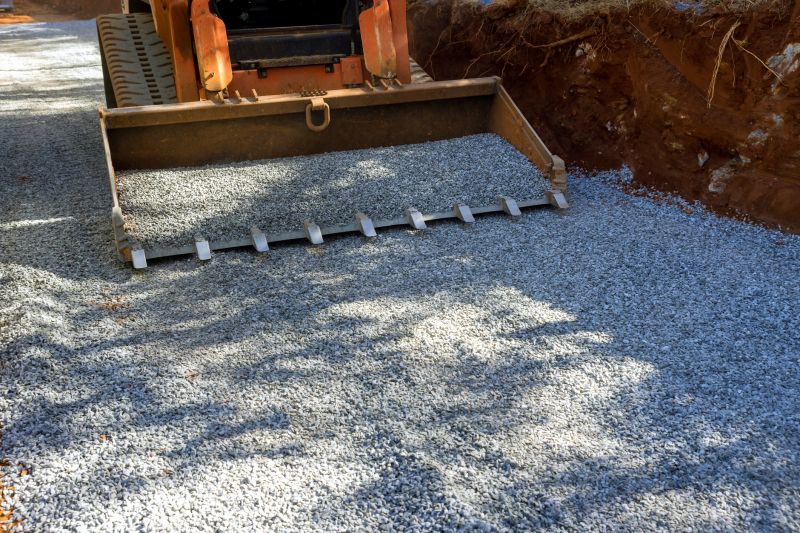
Tools and machinery for efficient driveway repair.
Interested parties should consider scheduling driveway rut repairs during the optimal seasons to ensure the best results. Proper timing, combined with quality materials and skilled application, can enhance driveway longevity and appearance. Filling out the contact form can provide additional guidance on planning and executing driveway maintenance effectively.
